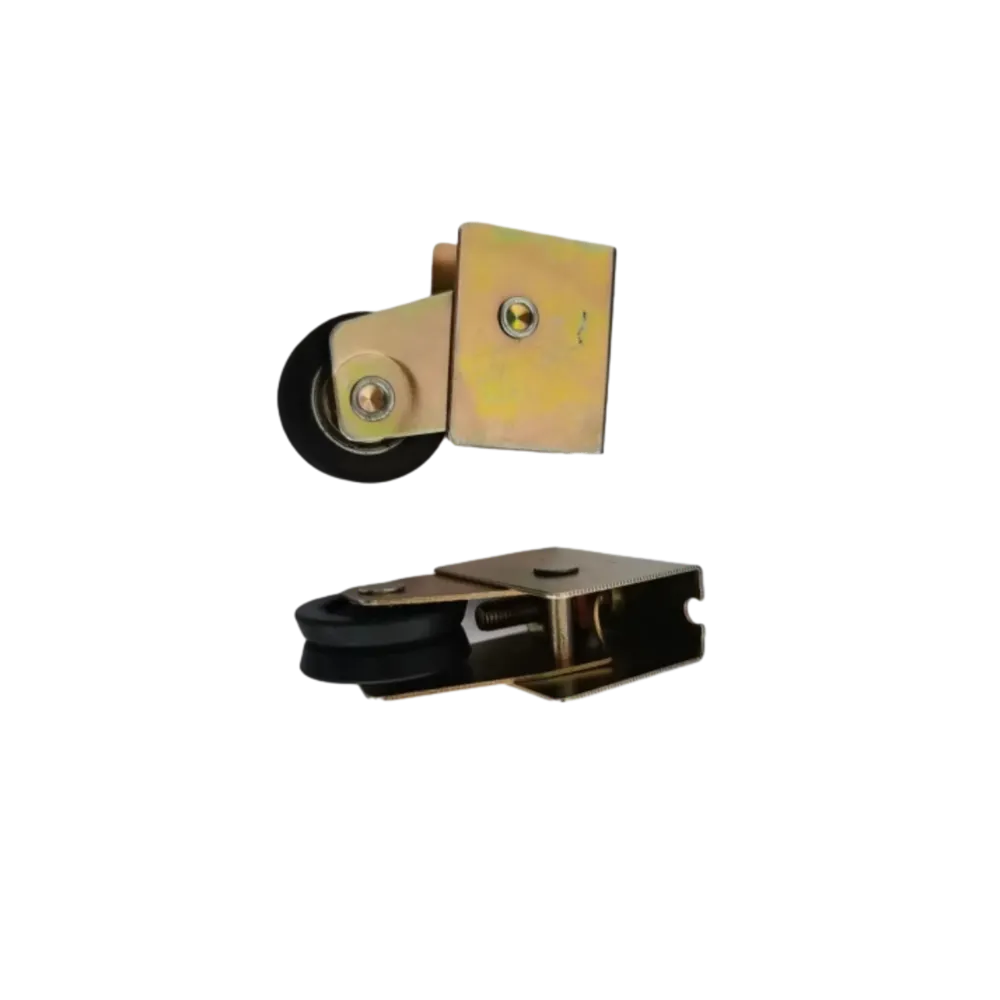decorative metal castings
The Art and Craft of Decorative Metal Castings
Decorative metal castings have been an integral part of human creativity and craftsmanship for centuries. From ancient civilizations that adorned their buildings with intricately designed metalwork to modern artisans who create stunning sculptures and functional art pieces, the art of metal casting has evolved but remained essential in various forms.
The process of metal casting involves pouring molten metal into a mold to achieve a desired shape. This process can be traced back to ancient times when artists and craftsmen used primitive techniques to mold metals like bronze, brass, and iron. Today, advanced technologies and techniques have expanded the possibilities of metal casting, allowing for more intricate designs and higher quality finishes.
One of the primary advantages of decorative metal castings is their versatility. Artists and designers can create anything from ornate garden sculptures and railings to decorative architectural elements such as brackets, cornices, and balustrades. The rich textures, patterns, and finishes available in metal casting lend themselves beautifully to both functional and purely decorative pieces.
Metal casting can be divided into several techniques, each offering unique characteristics. The lost-wax casting method, for instance, is a traditional technique whereby a wax model is coated in a ceramic shell. Once the shell is heated, the wax is melted and drained away, leaving a cavity for the molten metal. This method is particularly favored for producing detailed and delicate designs, making it ideal for jewelry and fine art pieces.
Sand casting, on the other hand, involves creating a mold from sand and is widely used for larger sculptures and functional items. This technique allows for more robust and durable pieces but is still capable of capturing fine details. Metal artists often experiment with various alloy combinations to achieve specific finishes and colors, enhancing the decorative appeal of their castings.
decorative metal castings

Sustainability is also an increasingly important aspect of decorative metal casting. Metal is a recyclable material, and many artists are now focusing on using recycled metals in their work. This not only reduces the environmental impact of metal production but also adds a unique character to the pieces, as each batch of recycled metal can produce different shades and finishes.
The aesthetic value of decorative metal castings transcends their functional applications. They often serve as focal points in gardens, public spaces, and homes, evoking emotions and sparking conversations. The beauty of metalwork lies in its ability to harmonize with different design styles, from classical and ornate to contemporary and minimalist. This adaptability allows decorative metal castings to find their place in a variety of settings.
Furthermore, the demand for custom decorative metal castings has surged in recent years. Homeowners and businesses seek unique, personalized pieces that reflect their individual tastes and branding. This trend has led many artisans to collaborate closely with clients, ensuring that every piece is not only visually stunning but also meaningful.
The appreciation for decorative metal castings is also reflected in various art exhibitions and festivals that celebrate this craft. Events dedicated to metalwork showcase the talent and creativity of artists while providing networking opportunities for professionals in the industry. These gatherings emphasize the importance of preserving traditional techniques while fostering innovation and collaboration.
In conclusion, decorative metal castings represent a harmonious blend of artistry and craftsmanship. With a vast array of techniques and applications, they continue to evolve, capturing the imagination of both creators and audiences. As we move further into the future, the legacy of decorative metal castings remains strong, reminding us of the beauty and durability of metal as a medium for artistic expression. Whether displayed in a private garden or a bustling public plaza, decorative metal castings will always hold a special place in the realm of art and design.
-
Wrought Iron Components: Timeless Elegance and Structural StrengthNewsJul.28,2025
-
Window Hardware Essentials: Rollers, Handles, and Locking SolutionsNewsJul.28,2025
-
Small Agricultural Processing Machines: Corn Threshers, Cassava Chippers, Grain Peelers & Chaff CuttersNewsJul.28,2025
-
Sliding Rollers: Smooth, Silent, and Built to LastNewsJul.28,2025
-
Cast Iron Stoves: Timeless Heating with Modern EfficiencyNewsJul.28,2025
-
Cast Iron Pipe and Fitting: Durable, Fire-Resistant Solutions for Plumbing and DrainageNewsJul.28,2025
-
 Wrought Iron Components: Timeless Elegance and Structural StrengthJul-28-2025Wrought Iron Components: Timeless Elegance and Structural Strength
Wrought Iron Components: Timeless Elegance and Structural StrengthJul-28-2025Wrought Iron Components: Timeless Elegance and Structural Strength -
 Window Hardware Essentials: Rollers, Handles, and Locking SolutionsJul-28-2025Window Hardware Essentials: Rollers, Handles, and Locking Solutions
Window Hardware Essentials: Rollers, Handles, and Locking SolutionsJul-28-2025Window Hardware Essentials: Rollers, Handles, and Locking Solutions -
 Small Agricultural Processing Machines: Corn Threshers, Cassava Chippers, Grain Peelers & Chaff CuttersJul-28-2025Small Agricultural Processing Machines: Corn Threshers, Cassava Chippers, Grain Peelers & Chaff Cutters
Small Agricultural Processing Machines: Corn Threshers, Cassava Chippers, Grain Peelers & Chaff CuttersJul-28-2025Small Agricultural Processing Machines: Corn Threshers, Cassava Chippers, Grain Peelers & Chaff Cutters












